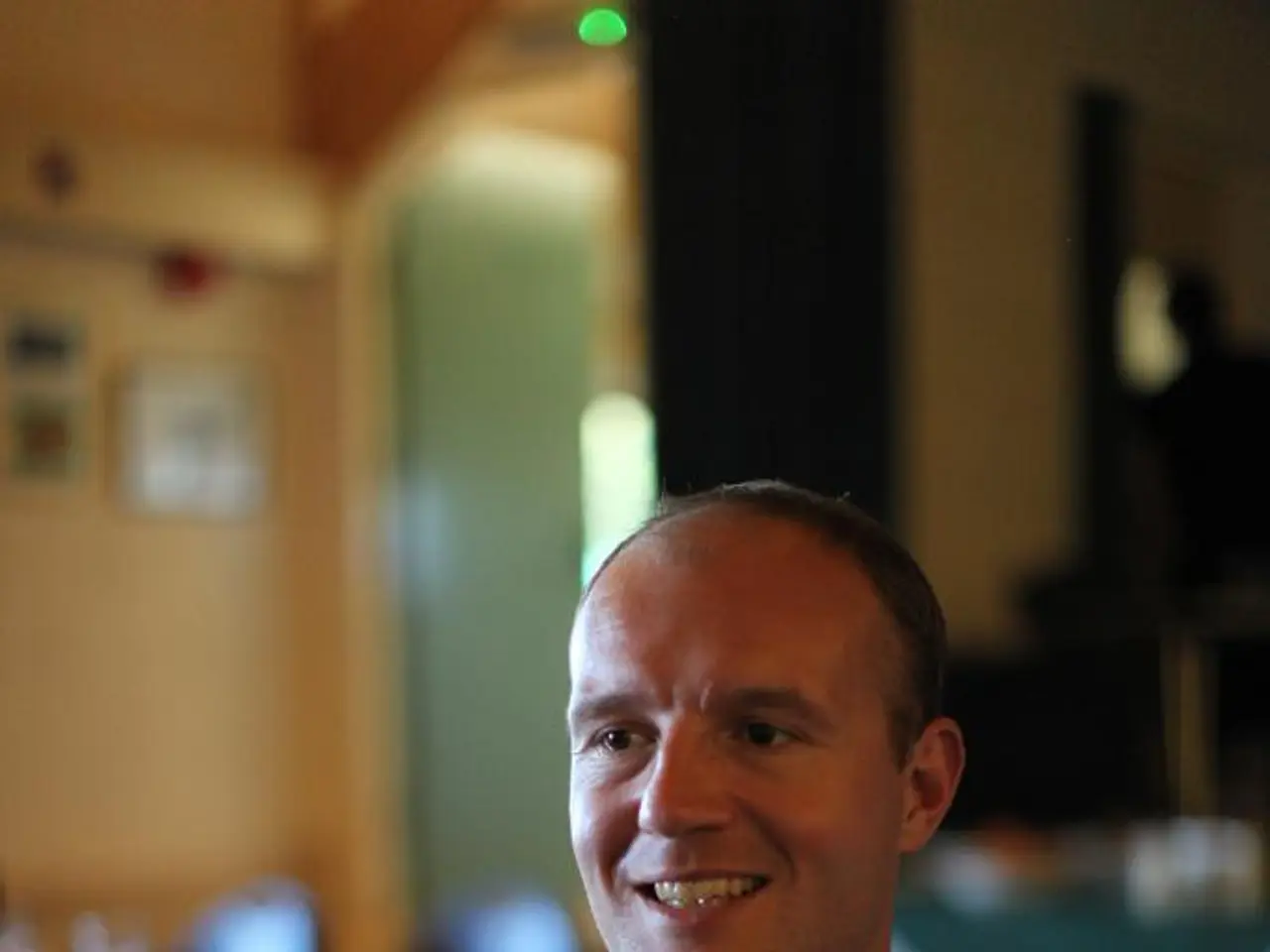Inherited Movement Disorder: Signs, Origins, and Remedies
Benign Hereditary Chorea (BHC) is a rare, non-progressive movement disorder that primarily affects children. Characterized by involuntary, rapid, and irregular movements known as chorea, BHC can also lead to mild cognitive or learning difficulties, reduced muscle tone (hypotonia), and emotional and behavioral problems in some cases.
The root cause of BHC lies in mutations of the NKX2-1 gene, which affects neuronal and pituitary development. Occasionally, these mutations can lead to additional symptoms such as thyroid and lung issues, forming part of the "brain-lung-thyroid" syndrome.
Common associated problems of BHC:
- Chorea: Involuntary, rapid, irregular movements, often affecting limbs and face.
- Hypotonia: Reduced muscle tone.
- Mild cognitive or learning difficulties in some cases.
- Possible additional involvement of thyroid function and respiratory issues due to NKX2-1 mutation.
Treatment options for BHC:
Regrettably, there is no cure for BHC, and treatment is mainly symptomatic. Medications used to reduce chorea include low doses of dopamine-depleting agents or dopamine receptor blockers; however, these are often avoided due to potential side effects in children.
Physical and occupational therapy can help improve motor function and manage hypotonia. Genetic counseling is essential for affected families to understand the condition's implications and possible risks for future generations. Supportive treatment for associated thyroid or lung problems is provided when present.
Healthcare professionals diagnose BHC based on a medical history, physical exam, and review of symptoms. Genetic testing may also be used to confirm a diagnosis.
In families with a history of BHC, it's important to note that the disorder can pass down through generations in an autosomal dominant pattern, meaning a person only needs one copy of the gene variant to have the disease.
As with any genetic disorder, resources for finding support are crucial. The Genetic and Rare Diseases Information Center, the International Parkinson and Movement Disorder Society, and Global Genes are valuable resources for individuals and families affected by BHC.
While the outlook for people with BHC varies, motor symptoms generally do not progress into adulthood. However, thyroid and lung-associated symptoms could potentially lead to complications and decreased quality of life.
In conclusion, BHC's main issues are childhood-onset chorea and mild neurological challenges due to NKX2-1 mutations. Symptomatic treatments focus on managing movement symptoms and providing supportive care. It is essential to seek professional help for a proper diagnosis and to explore available treatment options.
- The involuntary, rapid, and irregular movements known as chorea are a common associated problem of Benign Hereditary Chorea (BHC).
- Children with BHC may experience reduced muscle tone (hypotonia) due to mutations in the NKX2-1 gene.
- Because BHC can lead to mild cognitive or learning difficulties, and possibly additional symptoms associated with thyroid and lung issues, it's important for affected families to seek genetic counseling.
- There is no cure for BHC, and treatment typically involves symptomatic measures such as low-dose dopamine-depleting agents or dopamine receptor blockers to reduce chorea, along with physical and occupational therapy to manage motor function and hypotonia.




